10 Tips For Teaching Mindfulness In School At Any Grade Level
Lisa Thomas Prince and Lori Gustafson offer the following ten tips for teaching mindfulness in the classroom at any grade level.
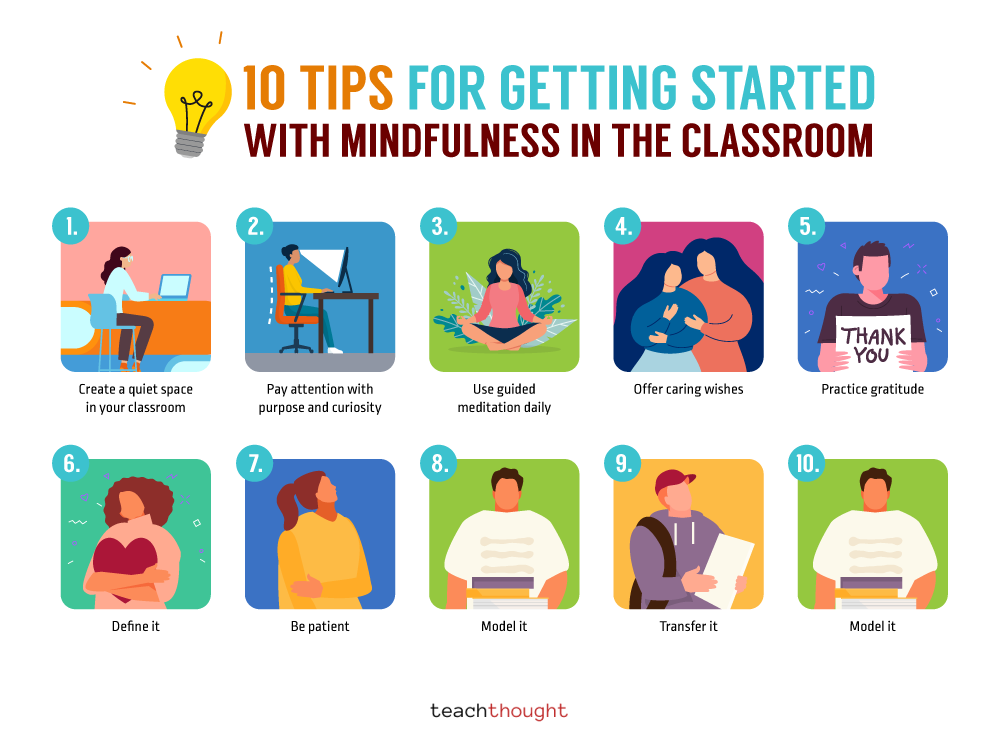
Lisa Thomas Prince and Lori Gustafson offer the following ten tips for teaching mindfulness in the classroom at any grade level.
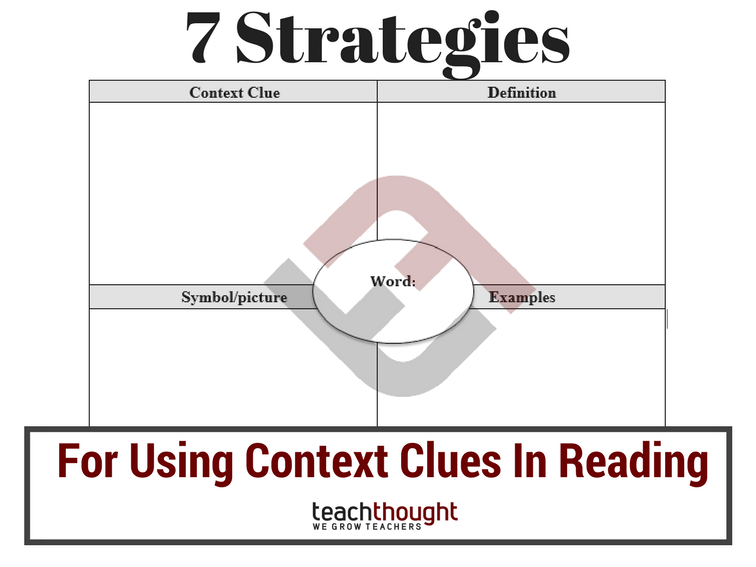
Strategies for using context clues in reading including word parts, definition–> explanation, examples, antonyms, and analogies.
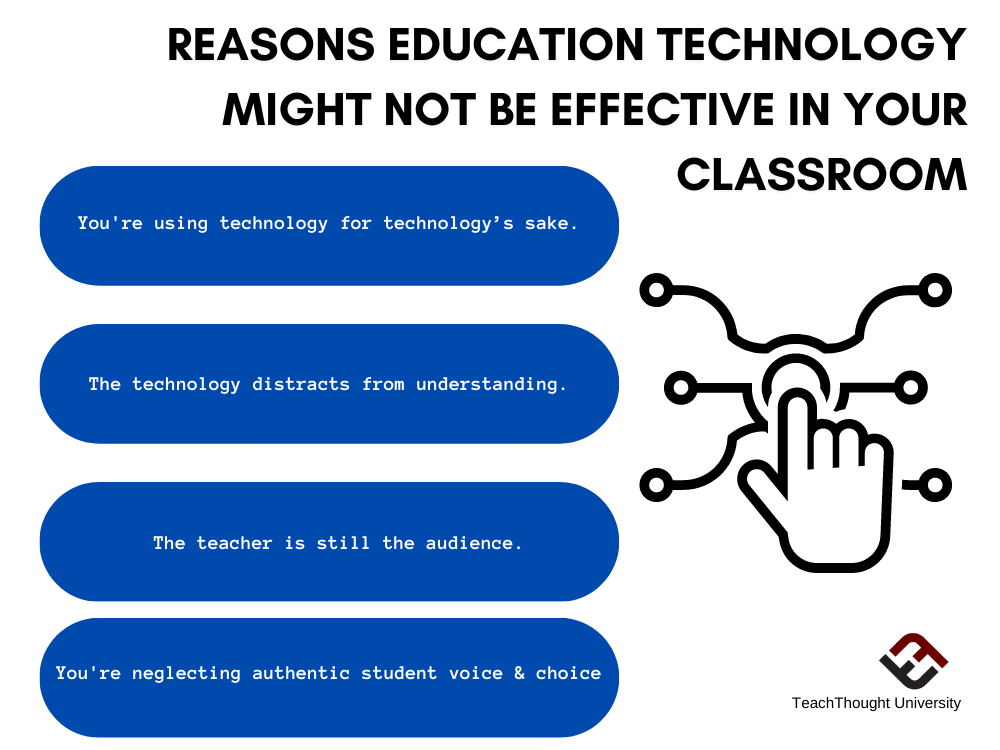
By fostering these skills early, educators can empower students to take ownership of their financial future.
Classroom management is as much about instructional design and relationships as it is rules and discipline.
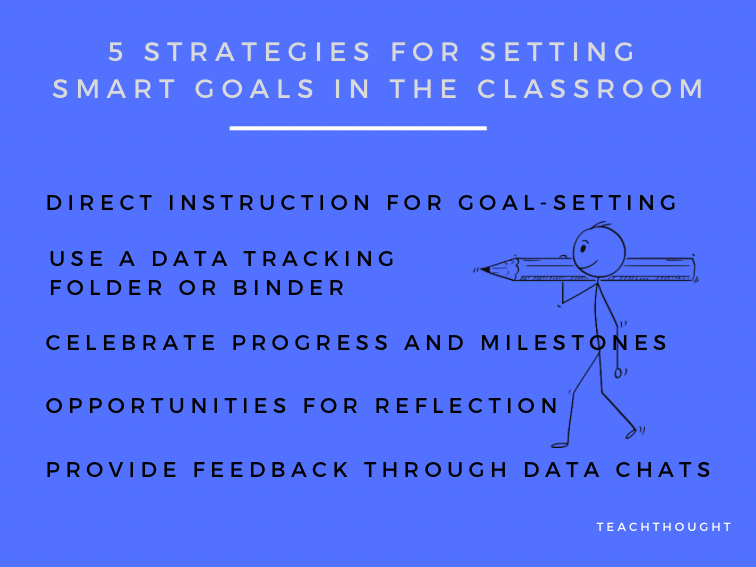
By setting SMART goals, students and teachers can determine action steps to help them achieve their goals.

A financial cushion can offer security and flexibility, allowing educators to focus on their passion without the constant worry of money.

What is Diagnostic Teaching? Diagnostic teaching is a step-by-step, intentional process for pinpointing exactly why a student is struggling.
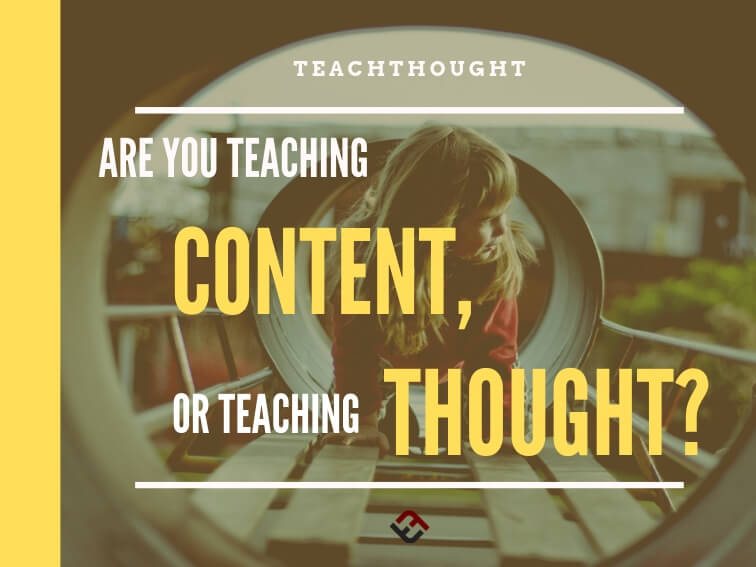
If our curriculum is thinking, if our job is (excuse the convenient phrasing) teaching thought, our goals as educators change.

If we truly want a better world, we can’t continue to mirror the worst parts of that world into our classrooms.
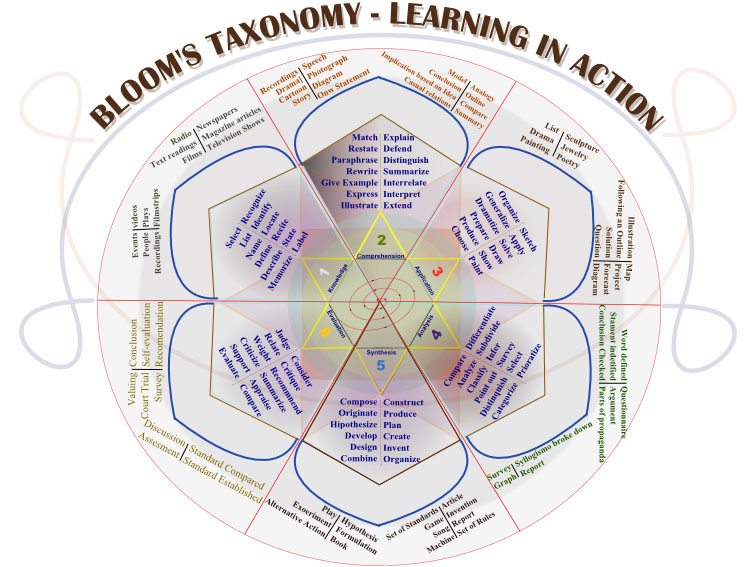
In this list, we’ve collected posters, apps, definitions, apps, tools, videos and strategies and more to help teachers use Bloom’s Taxonomy.
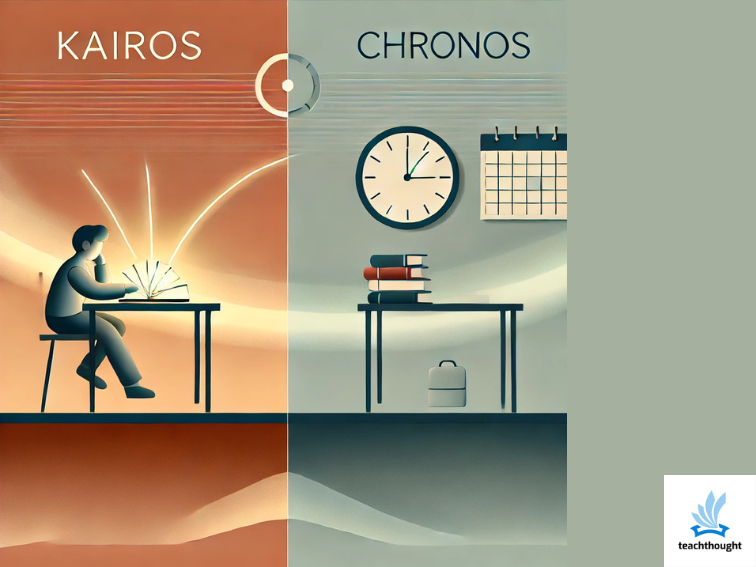
Because despite our noble intentions and the fact we’re increasingly called on to perform miracles, we’re teachers, after all, not saints.
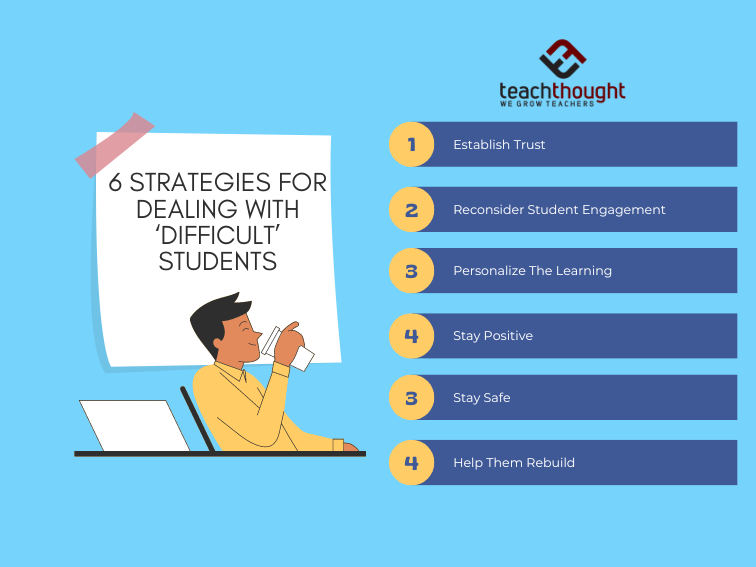
From building trust and relationships to cultivating responsibility, here are 6 strategies for working with your most ‘difficult’ students.